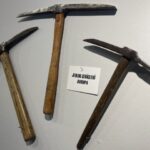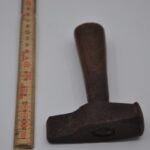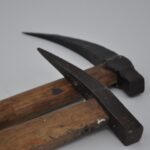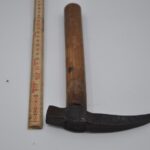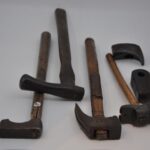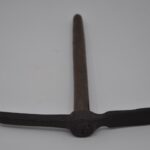
History of Geologist Hammers
Geologist's hammers originated with the development of geological science in the early 19th century. During this period, scientists and researchers began to conduct field studies to understand the structure and history of the Earth. During these studies, special tools were needed to examine rocks and fossils more closely and to take samples. This need led to the design and introduction of geologist's hammers.
Geologist Hammers
Geologist's hammers are one of the most essential tools for professionals and students working in the field of geology. These hammers usually consist of two main parts: one side is flat and the other side can be pointed or shovel-shaped. The flat side is used for breaking rocks and taking samples, while the pointed side is ideal for extracting delicate specimens such as fossils or separating specific mineral layers.

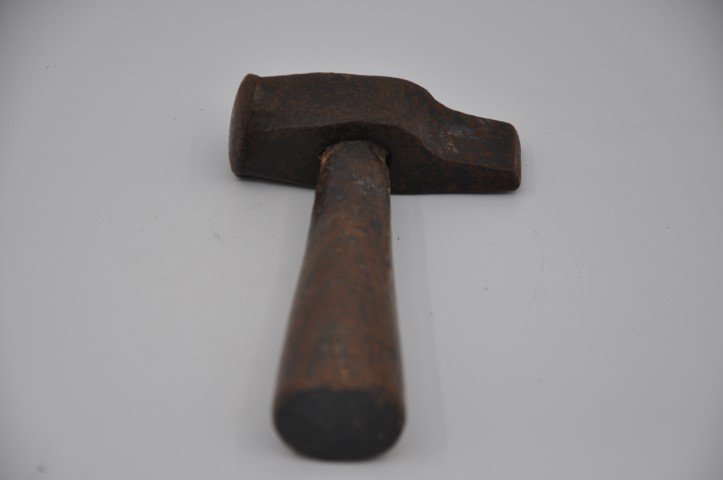
Design and Materials
The design of geologist hammers is focused on ease of use and durability. The hammer heads are usually made of high-quality steel, while the handles are made of impact-resistant materials, such as fiber glass or hardened plastic. These materials ensure that the hammers can withstand harsh field conditions. In addition, the handles of hammers are often equipped with anti-slip grips, allowing geologists to work more safely.
The Importance of Geologist Hammers
Geologist hammers are an indispensable part of research in the field of geology. Thanks to these tools, geologists can better understand the Earth's past, structure and processes. The discovery of fossils and mineral deposits is the result of careful and methodical work with geologist hammers. These hammers are also an essential learning tool for students studying geology.
Areas of Use
Geologist hammers have a wide range of uses in field work. Using these hammers, geologists can determine the type of rocks, collect mineral and fossil samples, and study different layers of the earth's crust. They are also used in natural disaster investigations, such as tracing volcanic activity and assessing damage after earthquakes.




